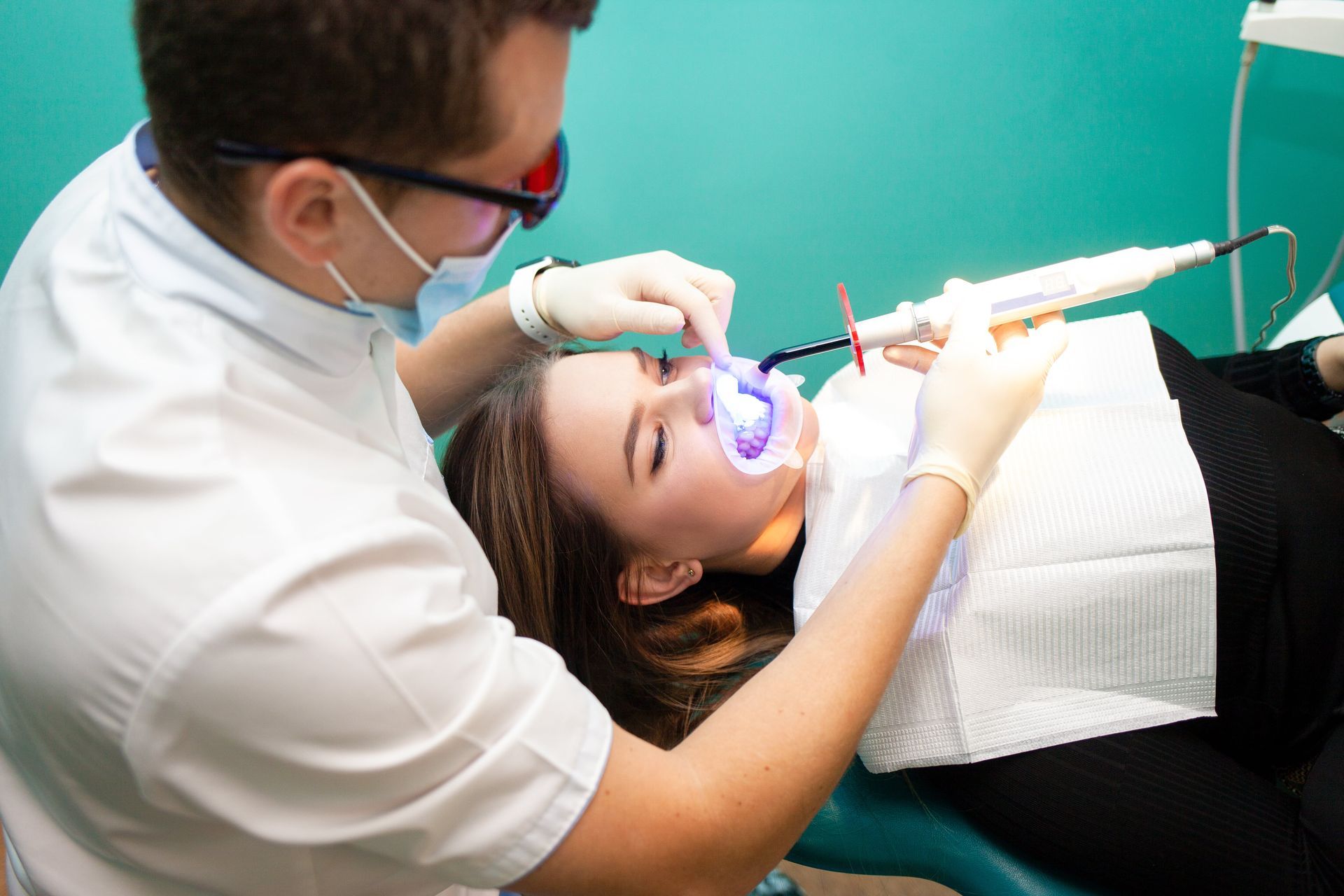Whitening Bonded Teeth

The quest for a radiant smile often leads individuals to explore various dental cosmetic procedures. Among these, tooth bonding has gained popularity for its ability to repair and enhance the appearance of teeth. However, a common concern among those who have undergone tooth bonding is the whitening of these bonded teeth. Understanding the process, limitations, and best practices for whitening bonded teeth can help individuals make informed decisions about their dental care.
What is Tooth Bonding?
Tooth bonding is a dental procedure where a tooth-colored resin is applied to a tooth to repair or improve its appearance. This resin is made from a mixture of plastic and glass, which provides durability and a natural look. Bonding can be used to fix chips, cracks, or gaps between teeth, and it is also a method to change the shape or color of teeth. The bonding material is molded and shaped to match the surrounding teeth, and then it is hardened with a special light.
Whitening Bonded Teeth: The Challenge
After bonding, maintaining the color and brightness of the teeth is essential for a uniform appearance. Tooth whitening, or bleaching, is a common procedure for enhancing the color of natural teeth. However, bonded teeth pose a specific challenge. The material used for bonding does not respond to whitening agents in the same way as natural tooth enamel. This means that while a tooth whitening procedure can significantly brighten natural teeth, the bonded areas may remain unchanged, potentially resulting in uneven coloration.
Options for Whitening Bonded Teeth
Despite the challenges, there are several strategies for managing the color of bonded teeth and achieving a uniform smile:
Whitening Before Bonding: One approach is to whiten the natural teeth before applying the bonding material. This way, the bonded teeth can be matched to the newly whitened color of the surrounding teeth, ensuring a uniform appearance.
Replace the Bonding: If the bonded teeth are significantly darker than the rest of the teeth after a whitening procedure, the bonding material can be replaced. The old bonding material is removed, and new material that matches the color of the whitened teeth is applied.
Porcelain Veneers: For a more permanent and aesthetically pleasing solution, porcelain veneers can be considered. Veneers are thin layers of porcelain that are bonded to the front of the teeth, providing a uniform color and a more durable solution than traditional bonding.
Professional Consultation: The best course of action for whitening bonded teeth often involves a consultation with a dental professional. Dentists can assess the situation and provide personalized advice, considering the condition of the teeth, the extent of the bonding, and the desired outcome.
Maintenance and Care
To maintain the appearance of bonded teeth and minimize the need for future whitening or repairs, proper dental care is essential. This includes regular brushing, flossing, and dental check-ups. Avoiding habits that can stain teeth, such as smoking or consuming foods and drinks known to cause discoloration (like coffee, tea, and red wine), can also help in preserving the color and integrity of both natural and bonded teeth.
Conclusion
Whitening bonded teeth requires careful consideration and planning. By understanding the limitations of bonding material and the options available for achieving a uniform, bright smile, individuals can make informed decisions about their dental cosmetic procedures. Regular maintenance and a proactive approach to dental care can help in ensuring that the results of any dental procedure, including tooth bonding, last for years to come.
Frequently Asked Questions
Can bonded teeth be whitened with over-the-counter whitening strips?
+No, over-the-counter whitening strips are not effective on bonded teeth. These strips are designed to whiten natural teeth and do not have an effect on the bonding material.
How long does tooth bonding last?
+The lifespan of tooth bonding can vary depending on the location of the bonded tooth, the size of the bonded area, and the oral habits of the patient. On average, bonding can last for about 5 to 10 years before it may need to be repaired or replaced.
Is tooth bonding painful?
+Tooth bonding is generally a painless procedure. It does not require anesthesia unless it is being used to fill a decayed tooth. However, some patients may experience sensitivity after the procedure, which usually subsides within a few days.
In conclusion, while whitening bonded teeth presents unique challenges, a combination of understanding the bonding process, exploring available options, and maintaining good dental hygiene can help individuals achieve and maintain a bright, uniform smile. Consulting with a dental professional is the first step towards making informed decisions about tooth bonding and whitening, ensuring the best possible outcomes for dental health and aesthetic goals.